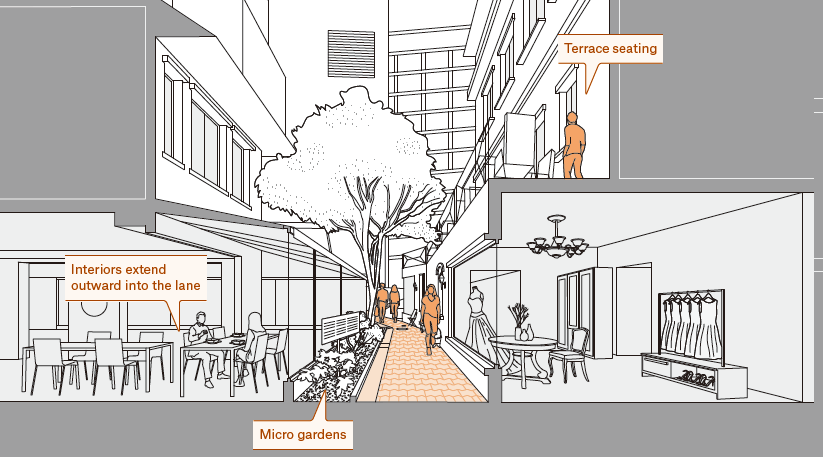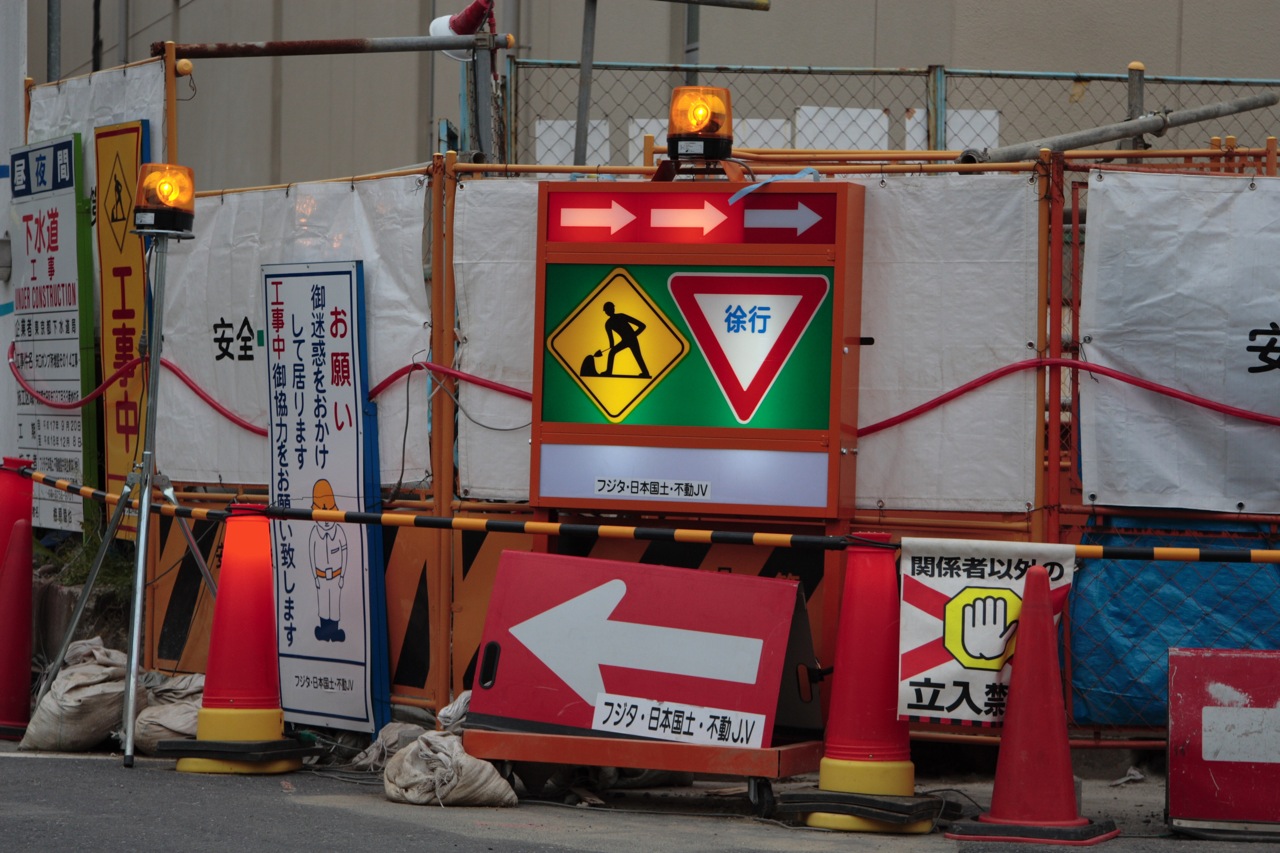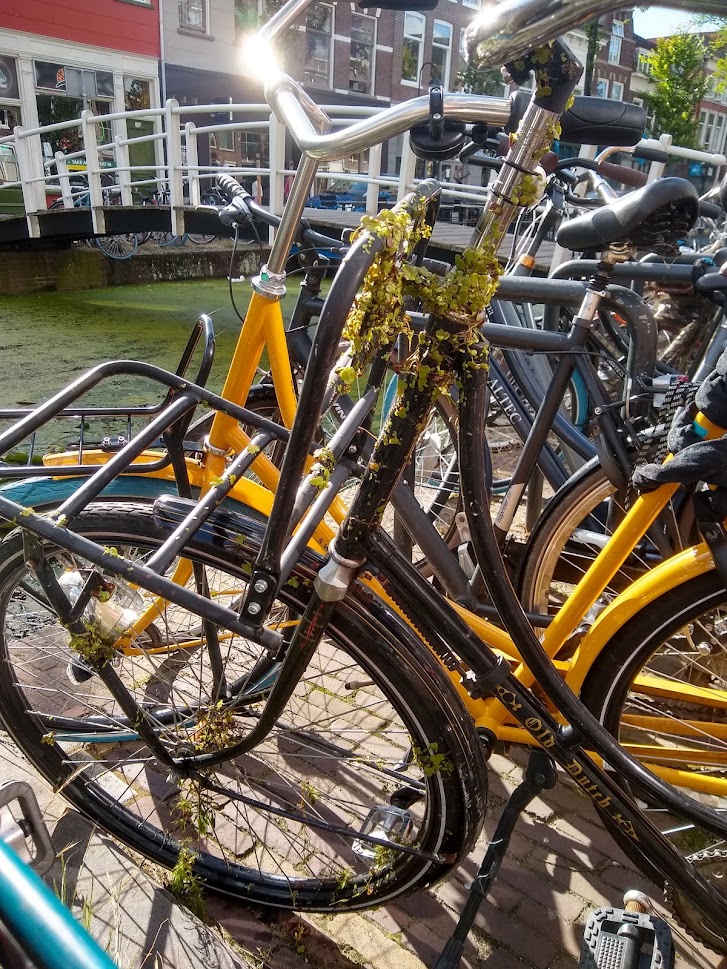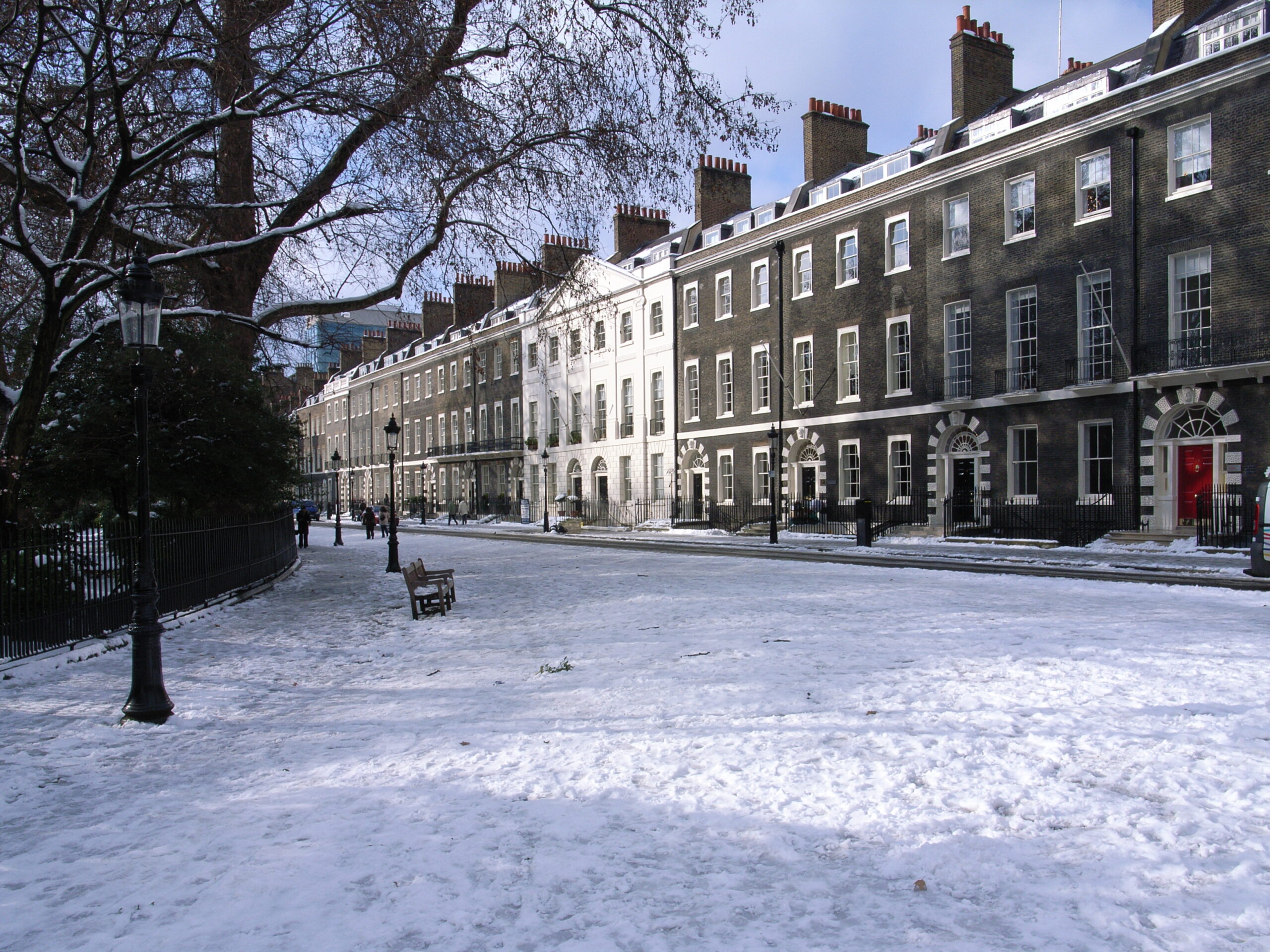Physical Address
304 North Cardinal St.
Dorchester Center, MA 02124
Physical Address
304 North Cardinal St.
Dorchester Center, MA 02124

Market Urbanism is proud to welcome Szymon Pifczyk as a new writer. Here's a short interview we conducted over email.
In his new book Arbitrary Lines, Nolan Gray points out that Tokyo is more affordable than many U.S. cities because its zoning policies are less restrictive. One common counterargument is that because Tokyo is a population-losing city in a population-losing city, it simply lacks the demand to have high housing prices, and is thus more comparable to the low-cost Rust Belt than to high-cost cities like New York. But a short look at my World Almanac suggests otherwise. On page 730, it lists the world’s largest urban areas. It shows that between 2000 and 2021 , Tokyo actually grew by 8.4 percent. By contrast, metropolitan New York-Newark grew by 5.7 percent, and Los Angeles by 5.6 percent. In other words, Tokyo’s population actually grew more rapidly than high-cost U.S. cities.

As foreigners, we are mesmerized by zakkyo buildings or yokocho, but within Japan, scholars, and authorities often ignore and neglect them as urban subproducts. In spite of their conspicuous presence and popularity, the official discourse still considers most of Emergent Tokyo as unsightly, dangerous, or underdeveloped. The book offers the Japanese readership a fresh view of their own everyday life environment as a valuable social, spatial, and even aesthetic legacy from which they could envision alternative futures.

American YIMBYs point to Tokyo as proof that nationalized zoning and a laissez faire building culture can protect affordability. But a great deal of that knowledge can be traced back to a classic 2014 Urban Kchoze blog post. As the YIMBY movement matures, it's time to go books deep into the fascinating details of Japan's land use institutions.

Hayek says that planning is the road to serfdom. Holland may be the most thoroughly planned country on earth - and it's delightful. How does a market urbanist respond to excellent planning?

A major barrier to the market urbanist’s ability to make the case for building more housing is the question of aesthetics. When you refer to density in cities, it’s easy to picture large brutalist towers and the slum-like conditions that can be seen in much of the developing world. Of course, this isn’t what we advocate, but it is a problem we have to repeatedly address. Homeowners, whether we like it or not, are a powerful voter group and they want to live in areas that look nice. Fortunately, the British Government has found the golden mean of housing plans by accepting the results of the Building Better, Building Beautifully Commission.. The key takeaway of this report is street-voting. This represents an excellent middle ground between the seemingly opposite need for housing to be popular, and the need for housing to be plentiful. The current system used in England fails to provide a fair way of measuring public views on plans. This works by assessing the views of nearby residents through a consultation. This allows any resident to attend, or write in, laying out their views on the plan. It may sound democratic, but local consultations are notoriously unrepresentative of a community. Those who take part are overwhelmingly middle-class, property-owning white people who stand to benefit from a housing shortage. Rather than taking into account the views of the local area, this method merely measures the views of those who would be economically burdened by addressing the crisis. The city as a commons What we’re left with is what social scientists would call the tragedy of the commons. This is where you have a common-pool resource where individual use of that resource depletes the stock for other parties. Cities can also be understood to be “the commons” in that they […]
One common argument against new housing is that the laws of supply and demand simply don’t apply to dense cities like New York, San Francisco ands Hong Kong, because new housing or upzoning might raise land prices.* After all (some people argue) Hong Kong is really dense and really expensive, so doesn’t that prove that dense places are always expensive? A recent paper by three Hong Kong scholars is quite relevant. They point out that housing supply in Hong Kong has grown sluggishly in recent years. They write that in the late 1980s, housing supply grew by 5 percent per year. But since 2009, housing supply has grown at a glacial pace. Between 2009 and 2015, housing supply typically grew by around 0.5 percent per year; in the past couple of years, it has grown by between 1 and 1.5 percent per year. The authors note that these numbers actually overstate supply growth, because they do not include housing that has been demolished. Not surprisingly, housing prices have grown more in recent years. In the 1980s, housing costs increased by roughly 1 percent per year; in the past decade, costs have risen by as much as 3 percent per year. (Figure 4d). Thus, Hong Kong data actually supports the view of many American scholars that housing prices tend to be highest in places where housing supply fails to grow. Why is supply stagnant? The authors point out that in Hong Kong, as in some U.S. cities, government limits housing density through floor area ratio regulations. And because Hong Kong land is government-owned, the local government can restrict housing supply by refusing to sell vacant land. Because high land costs mean more revenue for the government, government has an incentive to sell land slowly in order to keep land prices high. […]
In 2015, urban studies professor Anne Haila published a book on Singapore’s land ownership and housing system called Urban Land Rent: Singapore as a Property State. The Singapore housing model has recently been getting some attention for its widespread homeownership and affordability relative to high-cost coastal cities in the United States. Both Haila and, recently, writers at Bloomberg and CityLab approach Singapore uncritically. And Singapore’s housing market does offer some key lessons to the United States. But unlike the story Haila and some other U.S. commentators have told, it has its downsides. Singapore’s housing market works much better for households near the middle of its income distribution relative to the highest-cost U.S. regions, but provides severely inadequate housing for its low-income migrant workers. The Mechanics of Singapore’s Public Housing In Singapore, 90% of the land is government-owned, and about 80% of citizens and legal residents live in owner-occupied public housing on leased land. Extensive government landholdings and a leasehold system date back to the country’s colonial era. Following Singaporean independence in 1965, the People’s Action Party, which has been in power ever since, has expanded state land holdings. At independence, about 50% of Singapore was government-owned, reaching its current level of holdings in 2002. Government land ownership has been accomplished through eminent domain along with land reclamation, which has increased the size of the island by a quarter. Government land is auctioned for housing and other types of development primarily as 99-year leases. The Housing and Development Board (HDB), a government agency, builds the majority of new housing, but some higher-end housing is privately developed. The HDB and private developers compete for land at auctions, and both pay market prices for it. Unlike the U.S. public housing system under which units remain government-owned and are leased to low-income tenants, Singapore’s […]
One common argument against new housing is that it will turn “[neighborhood at issue] into Dubai.” Evidently, some people think Dubai is a hellscape of super-dense skyscapers. In fact, Many Dubai neighborhoods aren’t very dense at all. There is one Dubai neighborhood that is more dense than most urban neighborhoods in North America: Ayal Nasir (which has about 200,000 people per square mile). But it looks far more like Paris than the popular stereotype of Dubai: streets are narrow, and most buildings are five or so stories high. The neighborhood next door, Al Murar, has 130,000 people per square mile and has a similarly human-scale urban fabric.

Zoning regulations inflict great harm. But it is difficult for Americans to imagine the cost of zoning in Indian cities. Delhi is one of the most crowded cities in the world, and there is great demand for floor space. But real estate developers are not allowed to build tall buildings.